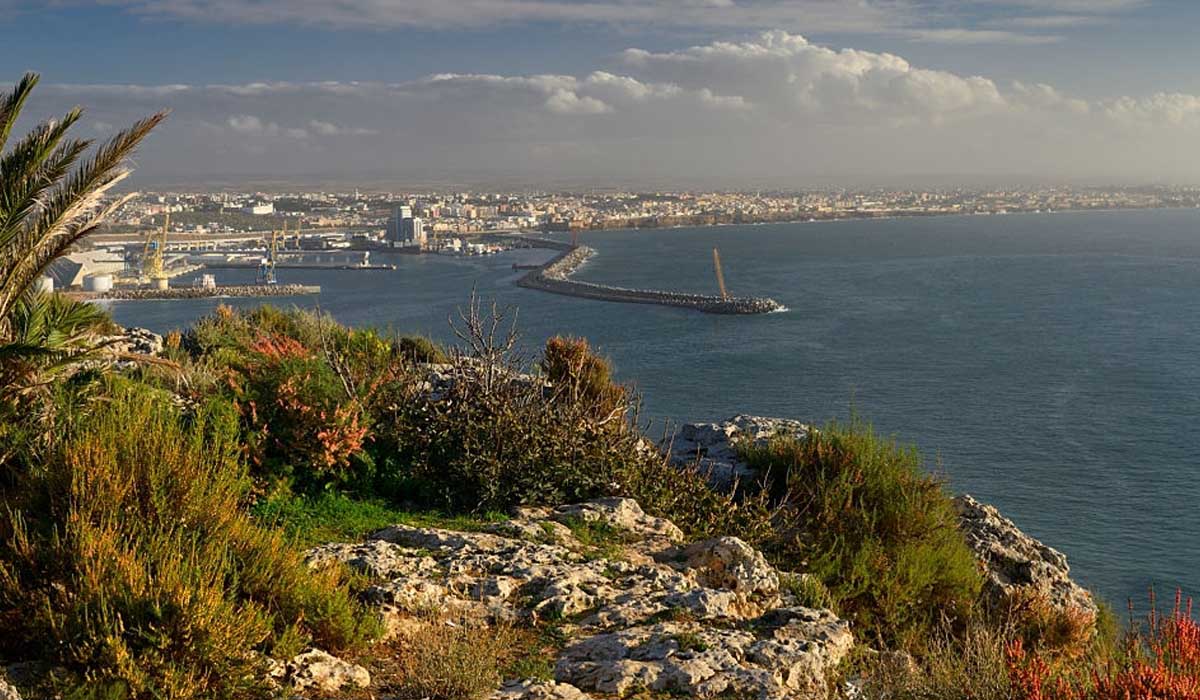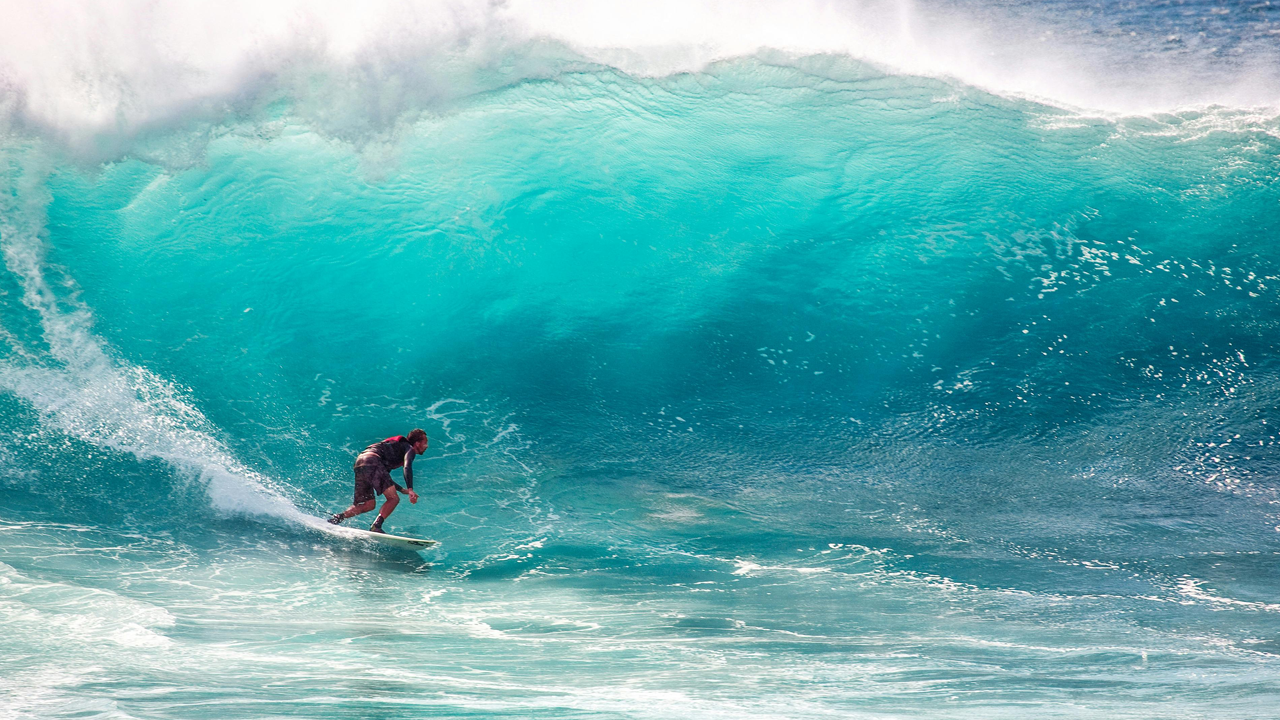
Moroccan Tourism
Top Surfing Spots in Morocco: Your Ultimate Surf Guide
Top Surfing Spots in Morocco: Your Ultimate Surf Guide
Share
The 8 Best Surfing Spots In Morocco
Wild coasts, sometimes cut off by fine sandy beaches, sometimes bordered by white cliffs, the Atlantic sees the desert marrying the ocean.
On the Atlantic coast, the best surf spots follow each other and are not alike! Each beach offers a unique landscape, very different waves, sliding possibilities for all tastes.
To the delight of surfers in Morocco !
Thousands of birds, some of which are endangered like the bald ibis, calmly share the expanses of the shores with gliding enthusiasts.
All water sports are practiced here and many clubs offer introductory courses in windsurfing, diving, surfing, water ski, Kite surfing or even Jet Skis. The coast can also be visited on horseback, mountain biking, or why not on the back of a camel.
1. Safi :
Safi is resolutely turned towards the sea, but it is above all its spot, famous and recognized worldwide, that fascinates board sports enthusiasts. Regular, fast and powerful, the particularity of the Safi wave is its ability to form a tube over a length that varies between 800 and 1000 meters.
Surf pros compare it to Australia’s and rank it among the top ten in the world. The location and the good wind conditions also attract fans of wind and kite surfing.

2. Essaouira :
Whether you are a winter sports enthusiast or a professional water rider, the Essaouira bay offers golden sand that is always tender, the sun always present, and especially the wind, because Essaouira is the city of the trade winds.
A unique and still wild nature, a great diversity of point breaks, reef breaks and beach breaks, the spiritual and human cultural richness of a land full of beauty and energy. Such is the success of the Essaouira spot.
3. Taghazout :
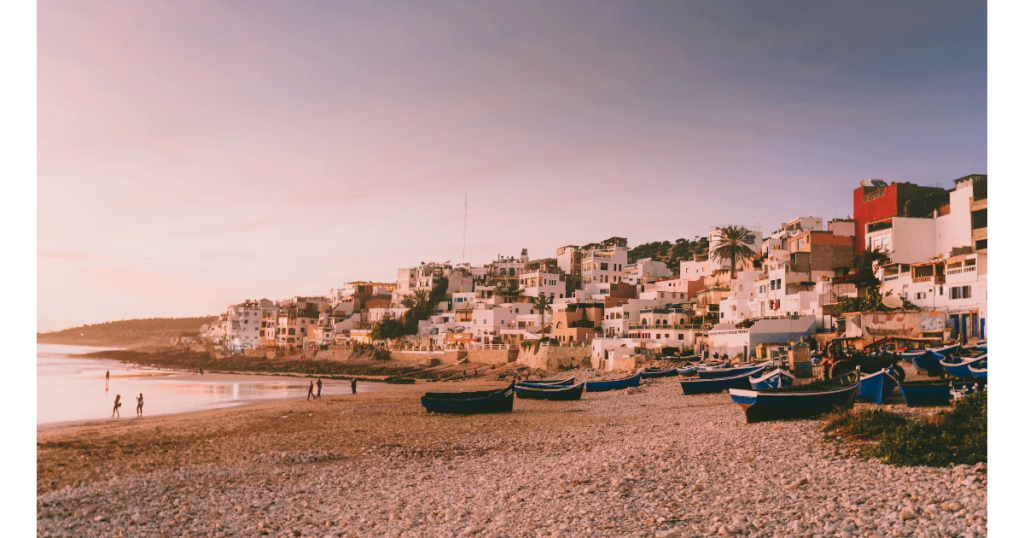
Taghazout is the surf village par excellence. Long straights and excellent beach breaks alternate on this coastline and delight surfers of all levels, from beginners to pro. The “Killer Point” wave is named after the orca (Killer whales) that can be seen from time to time in the area. After surfing, do not hesitate to go to the “banana village”, they make the best tagines in southern Morocco.
Further south, 120 km from Agadir, the small village of Mireleft attracts both fishermen and surfers. Its beaches overlooked by vertiginous cliffs offer a unique panorama for lovers of surfing or bodyboarding.
4. White Beach of Tan-Tan :
Over nearly 50 kilometers, the mythical White Beach of Tan-Tan is a virgin stretch of fine sand, bordered by a sea with rows of high and sovereign waves, frontal and roaring.
In the middle of the dunes, this secluded corner of paradise includes an ornithological reserve “the Khnifiss National Park ” where cormorants and flamingos take refuge. The color of the flamingos contrasts surprisingly with the blue of the sky which is reflected on the waters of the wadi.

5. Oued Chbika of Tan-Tan :
Finally, a spot in full development, Oued Chbika offers the region multiple hotel infrastructures to welcome the many enthusiasts who stay there.
When you leave Tan-Tan, you will be surprised to discover the impressive “Devil’s Hole”, a pit of more than 30 meters in diameter and depth. The ocean rushes into it through an underground gallery.
6. Cape Juby : Nayla in Tarfaya :
Further on, the lagoon of Nayla is a superb place sought after by surfers for its opulent seabed. Separated from the ocean by a large cordon of dunes over several tens of meters, the lagoon allows surfers, windsurfers, body surfers of all levels to have fun.
Suitable for fishing as shown by the huts on the shore and the wrecks of boats, witnesses of the violence of the storms, Tarfaya, formerly Cap Juby, was one of the Aéropostale relays between Casablanca and Dakar. The city is famous thanks to the literary works of Saint-Exupéry, who was one of the famous pilots of the Aéropostale. Tarfaya hosts a small museum dedicated to his memory.
From Tarfaya to Laayoune, you can visit picturesque fishing villages. We fish all kinds of fish and shellfish, but more particularly lobster and lobster.

7. Dakhla :
More sun-drenched jewels, where the soul is adorned with multiple colors ranging from emerald blue to turquoise, from the deepest to the most limpid shades, the beaches of Dakhla make you dream.
The 40 km peninsula, with its tranquility and its migratory birds, presents ideal surfing conditions: a perfect and long straight wave. Thanks to an equally constant wind, wind and kite surfers have also found a paradise here.

Read more about Ocean Vagabond Lassarga – one the best surf camp in Morocco.
8. Tamraght :
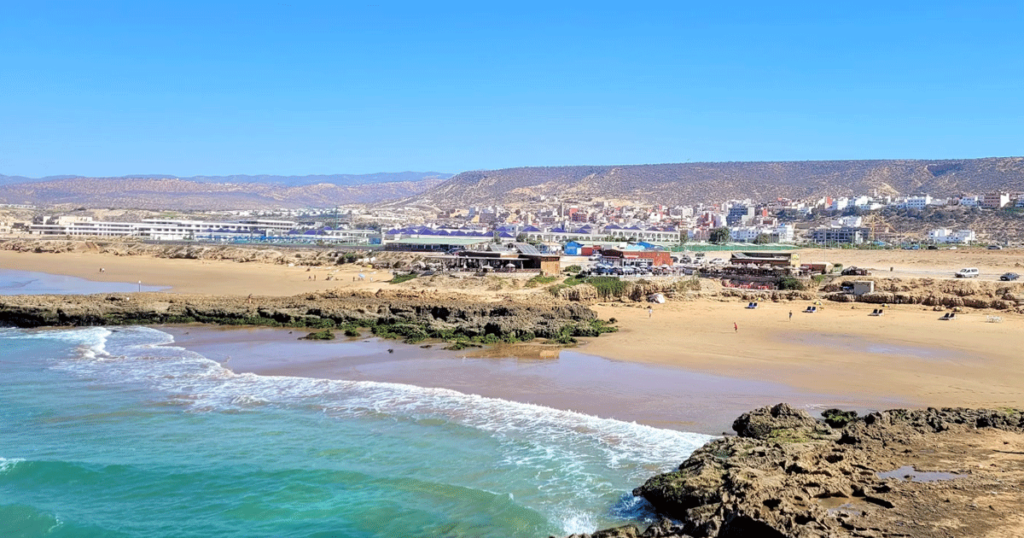
Tamraght is a Moroccan Berber village in north of Agadir, known for having the best surf spots in the Agadir region
Tamraght is designed for the perfect surf holiday. Surfing in Tamraght comes with a natural beauty surrounding that enhances its appeal, making it an excellent destination for both surfing and relaxation. With an average daytime temperature between 20° and 29°C, it is an ideal beach break for enjoying the sun.
On-site, you will find many good deals for dining, sipping a coffee, as well as accommodation options to extend your stay. The village has numerous surf schools, along with quality hotels certified by the Regional Tourism Office.
The coast of the Kingdom, extending over 3000 km, offers any type of beach you hope. Either if you like calm and relaxing sailing, or you crave some adrenaline, wind or water sports, the coasts of Morocco will serve the best of your desires.
Fez
Meknes
Guelmim
DarDif.com
A team of ambitious people write about the Moroccan tourism and share the
knowledge about the beauty of Morocco.

DarDif.com
A team of ambitious people write about the Moroccan tourism and share the knowledge about the beauty of Morocco.
Join to our mailing list to get Updates and Special Deals only available via Email
Join to our mailing list to get Updates and Special Deals only available via Email
From Private Desert Odysseys to Hidden Medina Retreats
Blog
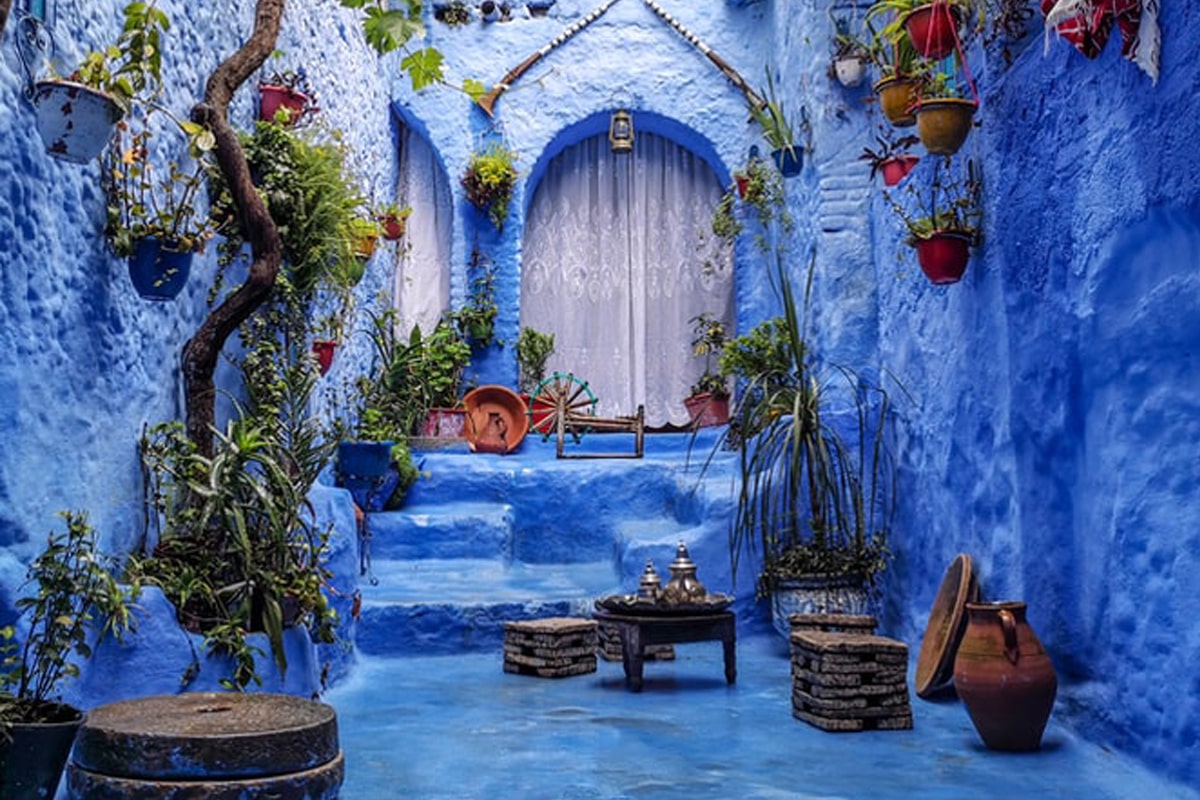
The best things to do in Chefchaouen (Underrated places)
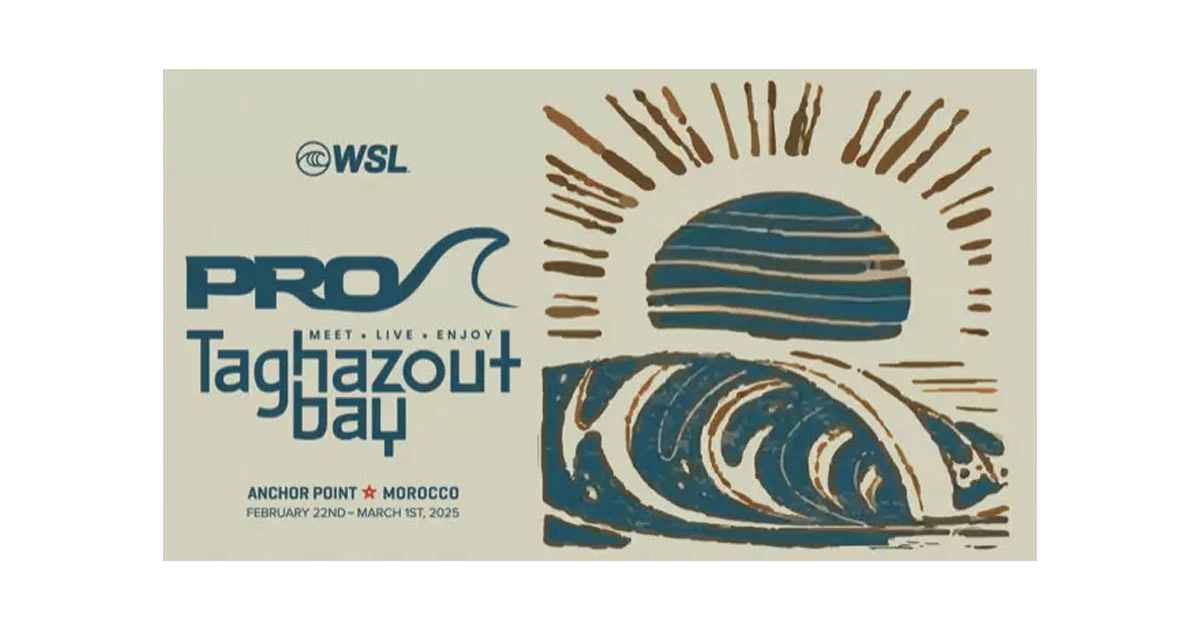
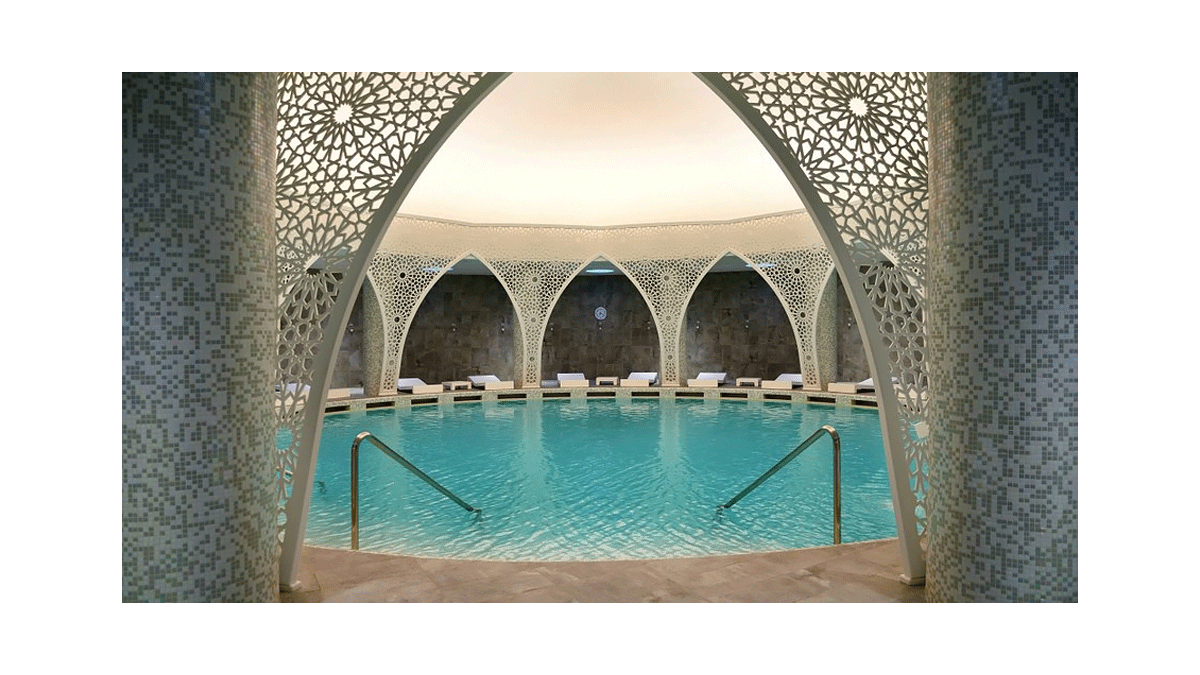
The Best Morocco’s Natural Hot Springs and Thermal Baths
From Private Desert Odysseys to Hidden Medina Retreats
Other articles

The best things to do in Chefchaouen (Underrated places)

From Private Desert Odysseys to Hidden Medina Retreats
Ready to Write Your Morocco
Story?

The Morocco you’ve
always imagined –
designed around you.
Tell us what you love,
what you’re curious
about, what you
absolutely want
(or want to avoid).


We’ll take it from there.
No templates. No stress.
Just a journey that fits you.
From Private Desert Odysseys to Hidden Medina Retreats
Ready to Write Your Morocco Story?

The Morocco you’ve
always imagined –
designed around you.
Tell us what you love,
what you’re curious
about, what you
absolutely want
(or want to avoid).


We’ll take it from there.
No templates. No stress.
Just a journey that fits you.

